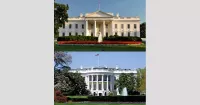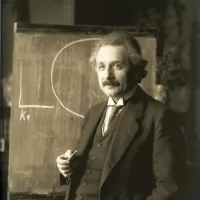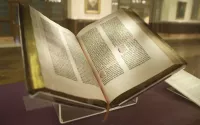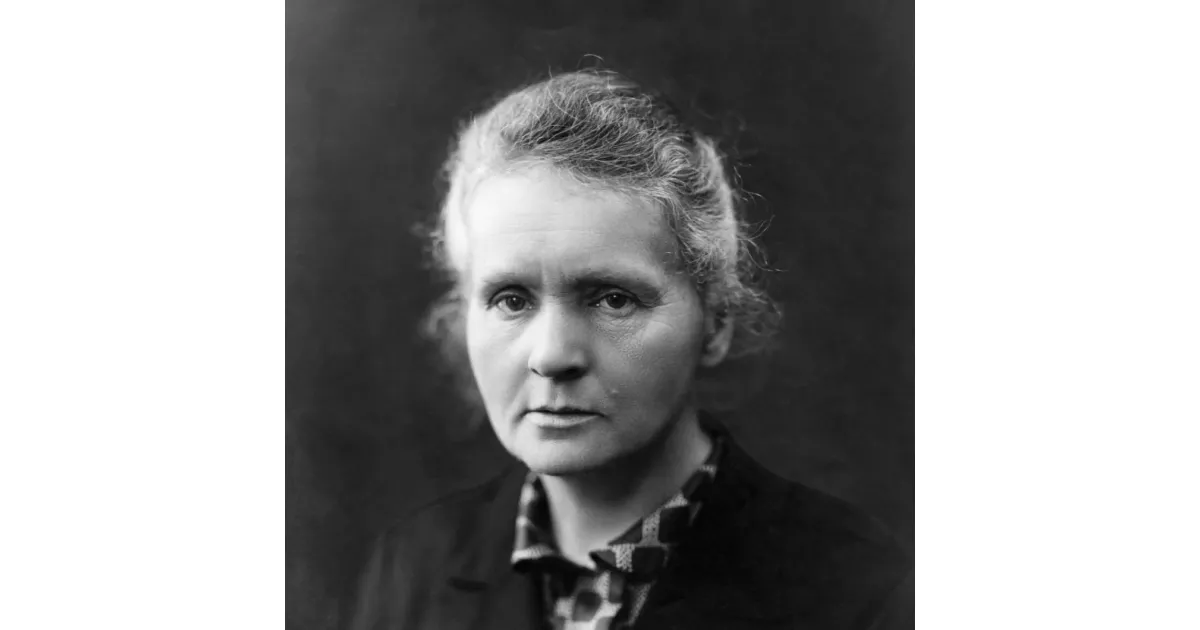How the contributions of Marie Curie continue to shape the world today.
Marie Curie, born Maria Skłodowska in Poland, was a pioneering physicist and chemist renowned for her groundbreaking research on radioactivity. Working primarily in France, she was the first woman to win a Nobel Prize, the first person and only woman to win the Nobel Prize twice, and the only person to win the Nobel Prize in two different scientific fields (Physics and Chemistry). Curie's work led to the discovery of polonium and radium, and she developed techniques for isolating radioactive isotopes. Her research was crucial in developing treatments for cancer. She died in 1934 from aplastic anemia likely caused by her long-term exposure to radiation.
1909: Initiative for Creating the Radium Institute
In 1909, Pierre Paul Émile Roux, director of the Pasteur Institute, initiated the creation of the Radium Institute (now Curie Institute) after being disappointed by the University of Paris's lack of support for Curie's laboratory.
1911: After her 1911 Nobel Prize victory
Lauren Gunderson's 2019 play The Half-Life of Marie Curie portrays Curie during the summer after her 1911 Nobel Prize victory, when she was grappling with depression and facing public scorn over the revelation of her affair with Paul Langevin.
1920: Foundation of the Curie Institute in Paris
In 1920, Marie Curie founded the Curie Institute in Paris, a major medical research center that continues to operate today.
1932: Foundation of the Curie Institute in Warsaw
In 1932, Marie Curie founded the Curie Institute in Warsaw, which, like its Paris counterpart, remains a significant medical research center.
1935: Publication of Radioactivity
In 1935, Marie Curie's last book, Radioactivity, was published posthumously.
1935: Statue erected before Radium Institute
In 1935, a statue of Marie Skłodowska was erected before the Radium Institute, which she had founded in 1932. Kazimierz Żorawski, her former love, would sit contemplatively before the statue.
1962: First Woman Elected to Membership in the Académie
In 1962, Marguerite Perey, a doctoral student of Curie's, became the first woman elected to membership in the French Académie des Sciences. This happened over half a century after Curie was rejected from the academy.
1989: Depiction on 20,000-zloty banknote
Between 1989 and 1996, Marie Curie was depicted on a 20,000-zloty banknote designed by Andrzej Heidrich.
1995: Entombment in the Paris Panthéon
In 1995, Marie Curie became the first woman to be entombed in the Paris Panthéon based on her own merits, an honor recognizing her significant contributions to science.
1995: Remains transferred to Panthéon
In 1995, sixty years after her death, the remains of Marie and Pierre Curie were transferred to the Paris Panthéon.
1995: Exhumation of Curie's body
When Marie Curie's body was exhumed in 1995, the French Office de Protection contre les Rayonnements Ionisants concluded that she could not have been exposed to lethal levels of radium while she was alive.
1996: Depiction on 20,000-zloty banknote
Between 1989 and 1996, Marie Curie was depicted on a 20,000-zloty banknote designed by Andrzej Heidrich.
2011: Year of Marie Curie
In 2011, Poland declared it the Year of Marie Curie during the International Year of Chemistry, celebrating her profound impact on science and society.
2013: False Assumptions play
In 2013, Marie Curie is the subject of the play False Assumptions by Lawrence Aronovitch.
2014: Manya: The Living History of Marie Curie
By 2014, Susan Marie Frontczak had performed her one-woman show, Manya: The Living History of Marie Curie, in 30 U.S. states and nine countries.
2018: Marie Curie Korean Musical
In 2018, the life of Marie Curie was the subject of a Korean musical, titled Marie Curie.
2019: The Half-Life of Marie Curie play
Lauren Gunderson's 2019 play The Half-Life of Marie Curie portrays Curie during the summer after her 1911 Nobel Prize victory.
2024: Depiction on French 50 euro cent coins
As of the middle of 2024, Marie Curie is depicted on French 50 euro cent coins to commemorate her importance in French history.
2024: Marie Curie a New Musical
The English translation of the musical "Marie Curie" which is "Marie Curie a New Musical" received its official Off West End premiere in London's Charing Cross Theatre in summer 2024.
Mentioned in this timeline

The White House located at Pennsylvania Avenue NW in Washington...

Albert Einstein - was a German-born theoretical physicist renowned for...
France officially the French Republic is primarily located in Western...

Books are a means of storing information as text or...

The horse scientifically known as Equus ferus caballus is a...
Spain officially the Kingdom of Spain is located in Southern...
Trending

14 days ago Scott Bessent Predicts Oil Price Drop Contingent on Venezuelan Events; Gas Prices Impacted.
4 days ago David Corenswet Visits Alma Mater; Brainiac Shortlist Includes Bang, Smith, and Rockwell
5 months ago Giants Foundation 5K, Ronaldo's Rest, and Sule's Pitch Discontent at MetLife
6 months ago Palmer Luckey's Anduril and Meta collaborate on defense contract using XR technology.

15 days ago Lewis Hamilton defends his work ethic amidst Ferrari chief's criticism and future speculation.
1 month ago Omarion Hampton, Derwin James, Tarheeb Still face injuries: Updates and impact on teams.
Popular
Matt and Ross Duffer known as the Duffer Brothers are...
Aftyn Alyssa Behn is an American politician currently serving as...

Candace Owens is an American conservative political commentator and author...

XXXTentacion born Jahseh Dwayne Ricardo Onfroy was a controversial yet...

Ilhan Omar is an American politician currently serving as the...

Lane Kiffin is an American football coach currently serving as...
